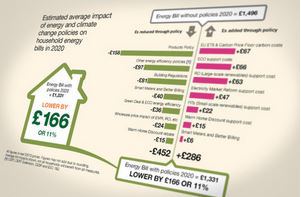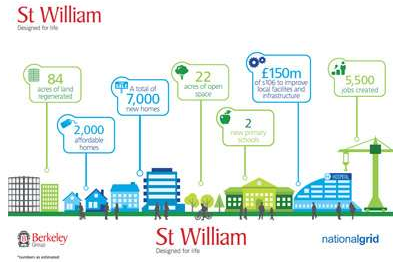 Construction workers are convinced that their profession is the most fulfilling in the UK according to a survey of employees across a range of sectors conducted by specialist recruiter Randstad Construction, Property and Engineering.
Construction workers are convinced that their profession is the most fulfilling in the UK according to a survey of employees across a range of sectors conducted by specialist recruiter Randstad Construction, Property and Engineering.
The research conducted for the 2014 Randstad Fulfilment@Work Report found that more than a third (34%) of construction workers consider their own sector as the most fulfilling career, more than double the next most highly-regarded occupation – telecoms, media and technology with 15%.
Health and social care (12%) and hospitality (9%) were the only other sectors to register a significant score from construction workers.
While the high esteem with which construction workers regard their own sector is admirable, the perception is not shared by UK employees in general, with just 3% perceiving construction as the most fulfilling sector to work in.
The general populace vote went to health and social care with almost a quarter (23%) of those polled regarding it the most fulfilling sector to work in, followed by arts, entertainment and publishing (12%) and education (11%).
Owen Goodhead, MD of Randstad Construction, Property & Engineering, said: “It makes perfect sense that construction workers are so proud of their profession as it is incredibly fulfilling to see projects move from planning stage to fruition as a result of your own hard work.
“The results are also down in part to the renaissance the UK construction market is enjoying at present with the recent Markit/CIPS UK Construction PMI showing the sharpest expansion of construction output for eight months and levels comfortably above the nadir witnessed in 2008/9.
“With more than 10,000 workers involved in huge current projects like London’s Crossrail and a number of future developments outside the capital such as planned transport improvements between Lancashire and Yorkshire and Liverpool FC’s stadium overhaul requiring substantial manpower, there will be plenty of opportunities for employees from labourers to quantity surveyors and site managers in the coming months and years. Hopefully this steady level of activity will help keep construction workers regarding their own sector as the most fulfilling to operate in.”
Choosing a career
Another part of the research where construction workers stood out from their peers is the percentage of respondents who said they ‘fell into’ their current career. Just over half (53%) of construction workers said that was how they became involved in their current profession, closely followed by individuals working in legal (50%) and property (48%). At the other end of the spectrum, just 16% of doctors and nurses accidentally embarked on their calling.
Why did you choose your current career?
Percentage who ‘fell into it’, by profession:
-
Construction: 53%
-
Legal: 50%
-
Property: 48%
-
Tech & IT: 45%
-
Finance: 39%
-
Social care: 36%
-
Education: 35%
-
Engineering: 24%
-
Allied health professionals: 21%
-
Doctors and nurses: 16%
In terms of the other reasons construction workers gave for choosing the career they did, 23% said they felt it matched their strengths, 13% thought they would enjoy it and 11% thought it suited their personality. The least popular option was a parental recommendation.








